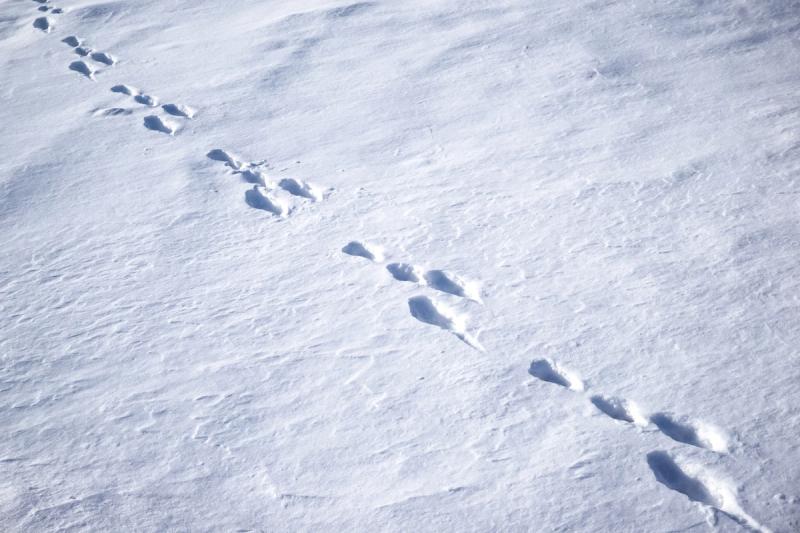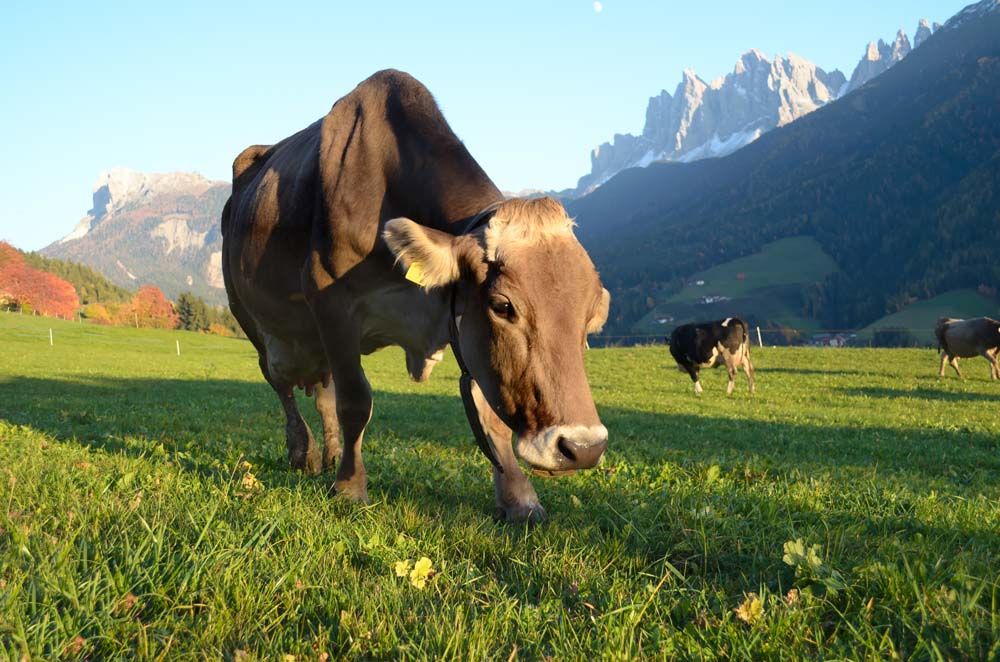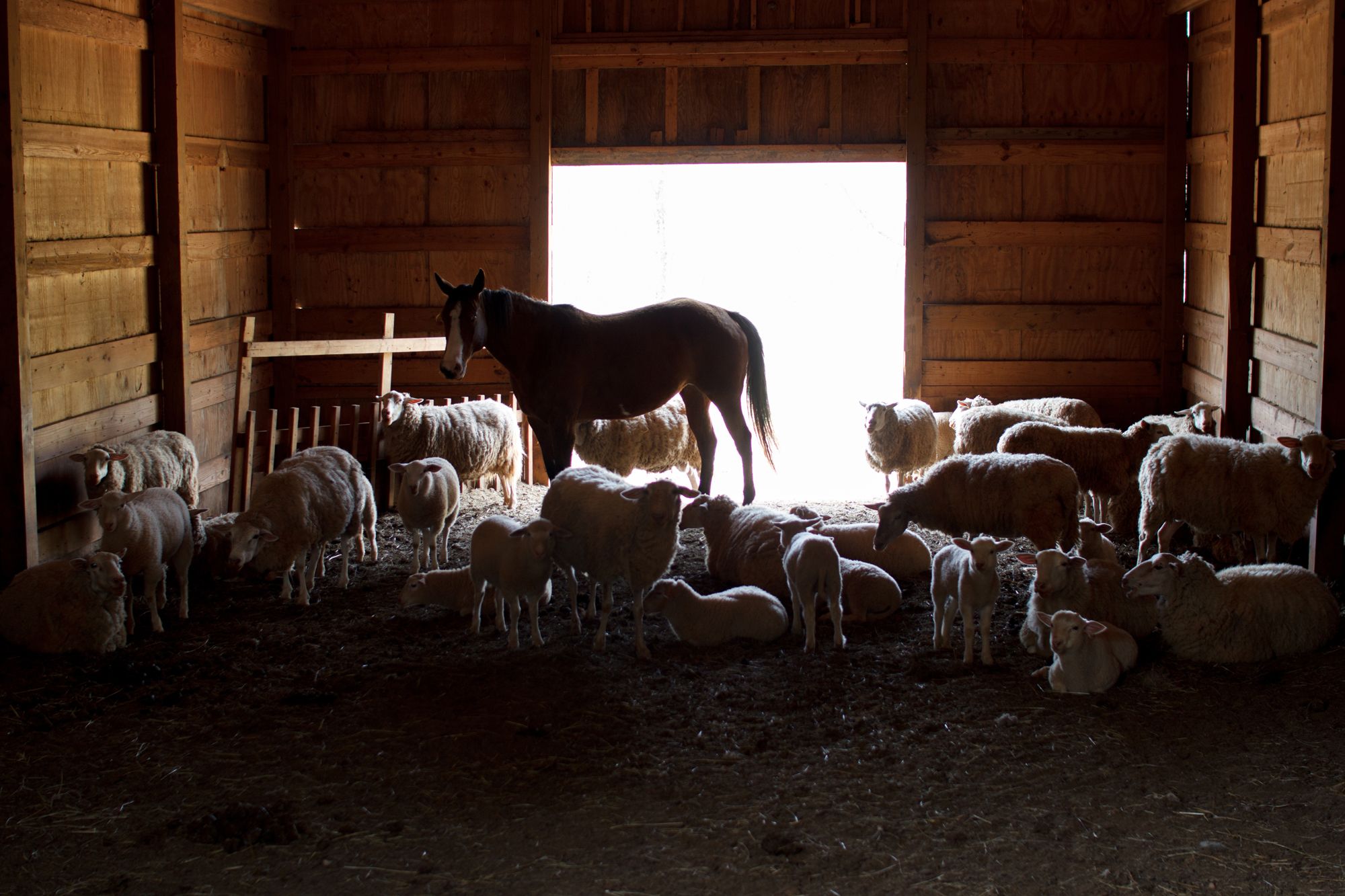What Animal Footprints Are These?
Deciphering the Snow Tracks


Winter transforms the forest into a beautiful canvas, where each step leaves a trace of the creatures that inhabit these wild spaces. For hikers, snowy trails offer a unique opportunity to become wildlife detectives, deciphering the stories told by animal footprints. Tracks can change in different substrates like sand, mud and snow. Nearby droppings, scat and food also provide clues. Some of the most common footprints you encounter in the snow may surprise you.
Kenzie Hammond, youth and community education coordinator and resident Gorge wildlife expert for Friends of the Columbia Gorge in Washington, told AcreageLife that the most common footprints are deer, rabbit and rodent.
“Deer can be easily identified by an upside-down heart-shaped track, rabbits by their long back foot accompanied by small footprints and rodents by their small size and long five digits,” Hammond said.
Common Animal Footprints in the Snow
Footprints (and scat) are an excellent way to track wildlife activity in the snow, especially in areas with little human disturbance.
“From following tracks, especially of animals with smaller ranges, we can look at how their population gradually switches environments and can follow if there is presence of the animal at all in any given area. With frequent monitoring and fresh snow, you can see when animals are most active, patterns of activity throughout the day and even get insight into what their diet may look like when multiple animal tracks are present,” Hammond said.
Deer: Easily identified by their upside-down heart-shaped tracks, deer footprints are among the most common on snowy trails. Their graceful patterns often indicate the presence of a herd. Animals with hooves leave two long prints with a gap between them. The pointy end shows the destination of travel.
Rabbits: Look for long back feet prints with smaller front paw marks. These tracks create a distinctive hopping pattern, reflecting the rabbit's quick, bounding movements. Their tracks look like hearts and there are always two lines.
Rodents: Small and delicate rodent tracks typically display long, five-digit prints. Their trails often weave through underbrush and lead to small burrows.
Coyotes and Foxes: These canine tracks are similar, but coyote prints are typically larger. They leave behind paw prints that show the classic four-toe pattern with claw marks. The tracks look like diamonds in the snow.
Squirrels: Characterized by tiny hand-like prints, squirrel tracks dart between trees, revealing their playful, energetic nature. The tracks are like fingers with claws.
Birds: Different types of birds leave distinct footprints. Raptors rarely leave tracks in the snow, but songbirds and waterfowl do. Songbirds leave small, delicate markings, while waterfowl prints are webbed. A long-tailed pheasant places one foot in front of the other like us!
Bears and Mountain Lions: Larger prints from these formidable creatures signal their presence. Bear tracks are wide with distinct toes, while mountain lion prints are round with no claw marks. You can always rule out a human footprint because bears walk with weight forward, on the toes.
How will this help you when you’re out on a hike? First, you should expect the unexpected on every outside excursion in the winter season.
“Tracking footprints can lead to unexpected wildlife encounters. For instance, while hiking in Carson, Washington, I stumbled upon salamander footprints in the snow — an unusual sight, as amphibians typically lie dormant in winter. Another time, while hiking a popular Gorge trail, Cape Horn, I unexpectedly crossed paths with a black bear, alerted to its presence by its tracks,” Hammond said.

Tips for explorers
There is simple equipment to help gather supporting data when you’re headed into the woods. A tracking kit may include a retractable tape measure, notebook and pencil, a magnifying glass and a good reliable tracking book.
For hikers eager to deepen their connection with nature, Hammond offers invaluable insights into the art of animal track identification. Her advice emphasizes the significance of regular practice, astute observation of the environment and the patience required to master this rewarding pursuit.
“Each footprint tells a story and provides the roadmap to understanding the world around you,” Hammond said.
- Practice Regularly: The best way to become proficient in track identification is through experience. Bring a guidebook on hikes to help identify unfamiliar prints.
- Observe the Environment: Look for additional clues like scat, claw marks or disturbed vegetation that can help identify the animal.
- Be Patient: Developing tracking skills takes time, but the reward is a deeper connection with nature.
Understand Wildlife Activity and Trackable Animals
Animal tracks provide valuable insights into wildlife activity. They reveal patterns of movement, feeding behaviors and even population changes. By monitoring these tracks, hikers can assess the health of the forest ecosystem and detect environmental shifts.
“Raptors, however, won't put many, if any, prints in the snow since they stay up besides when catching prey. I will say, though I have seen areas in the snow where a raptor has imprinted into the snow when catching prey,” Hammond said.
Here's a comprehensive list of animals whose footprints you might encounter on a snowy hike:
- Coyotes
- Deer
- Foxes
- Various Birds (Songbirds, Raptors and Waterfowl)
- Squirrels
- Mountain Lions
- Raccoons
- Weasels
- Opossums
- Cougars
- Bears
- Bobcats
- Domestic Dogs
- Elk
- Wolverines
- Rodents
- Skunks
- Salamanders
- Frogs
- Snakes
- Rabbits
Embrace the winter wonderland and explore the forest with a new perspective.
Each footprint tells a story, inviting you to delve deeper into the mysteries of the wild. Wildlife biologists, tracking experts, outdoor educators and park rangers are all great resources.
Happy tracking!
Tags:Country Critters

Acreage Life is part of the Catalyst Communications Network publication family.
















